 A Tenant’S Right To A Safe And Healthy Home Understanding Hhsrs
A Tenant’S Right To A Safe And Healthy Home Understanding Hhsrs
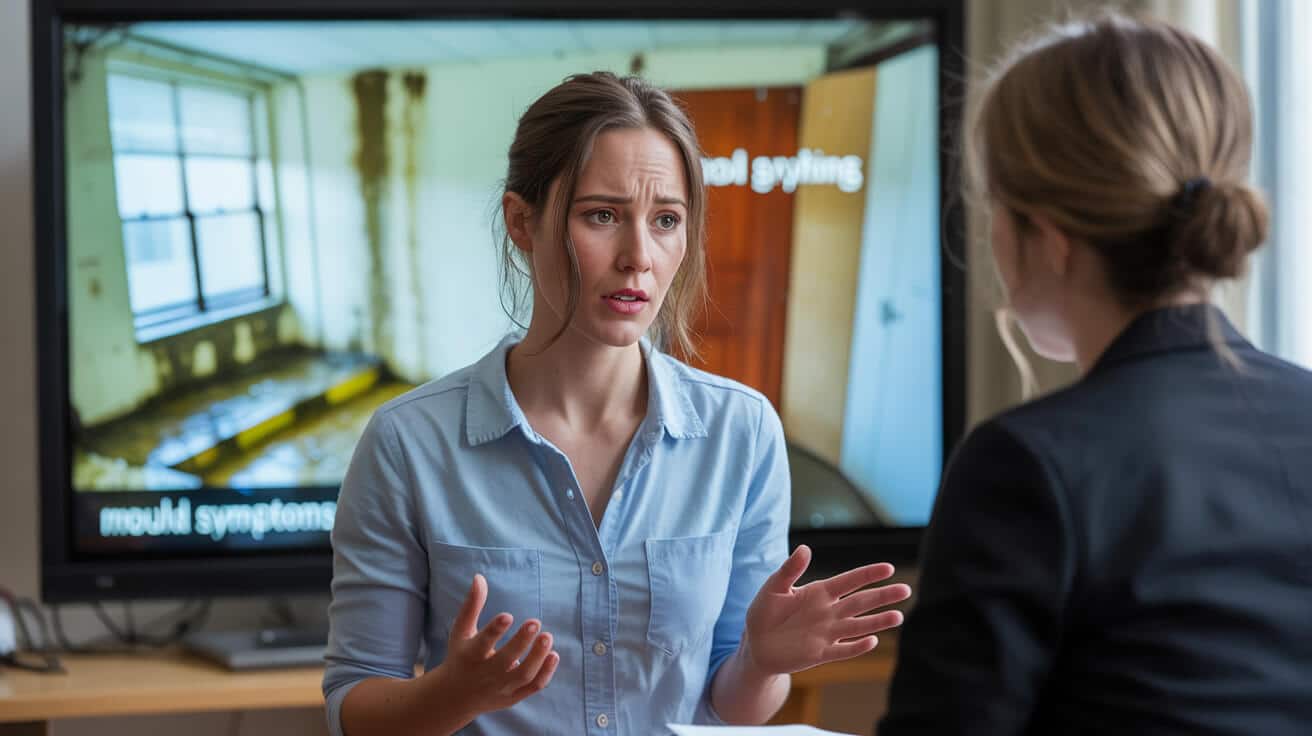
Is the HHSRS Actually Enforcing Your Right to a Safe and Healthy Home?
Your right to a safe, healthy home isn’t just a technicality or a political promise—it’s the law. The Housing Health and Safety Rating System (HHSRS) stands as the main legal line between you and substandard conditions in England and Wales. This isn’t about ticking boxes or trusting your luck with landlords; it’s about ensuring every home rented out meets strict health and safety requirements, underpinned by the Housing Act 2004. Local councils don’t just have the authority to act—they have a duty. If there are clear or hidden risks from things like damp, faulty wiring, or dangerous boilers, HHSRS gives real teeth to your demand for action (Parliament UK, 2023).
The biggest threats aren’t usually what you see—they’re what you discover too late, when a setback turns into a crisis.
Before the HHSRS, managing agents and landlords had plenty of wiggle room and not much accountability. Now, there’s a measurable standard. Whether you’re a private renter, housing association tenant, facilities manager, or simply trying to keep your home in order, knowing how HHSRS truly works gives you leverage. It turns vague complaints into specific, legally-required corrections—no more waiting for a landlord to “get around to it” or settling for a quick cosmetic touch-up that masks an ongoing problem.
Why It’s Not Just “Goodwill”—It’s Your Legal Leverage
If you’ve ever been told, “It’s not that bad,” or you’ve felt dismissed reporting a fault, the HHSRS is your reality check. It empowers you—tenant, managing agent, contractor alike—to demand more than surface repairs. It reframes the conversation from “let’s wait and see” to a clear legal requirement for landlords to resolve dangers right away.
- Tenants: If a hazard exists, the law’s on your side.
- Landlords: Compliance is mandatory—procrastination isn’t an option.
- Property managers: Your job is easier and your liability lower when you work within the system, not around it.
HHSRS is not just an acronym; it’s the law showing up in your corner—when you use it.
Does HHSRS Cover More Than Just What You Can See?

A clean-looking flat isn’t always a safe flat, and the HHSRS is designed with this reality in mind. It isn’t just a maintenance checklist or an “out of sight, out of mind” system. It’s grounded in a risk-based approach—every assessment is about how environmental hazards impact your health, comfort, and even long-term wellbeing.
A Risk-Based Framework That Goes Beyond Surface Repairs
Unlike old-style lists of things to fix, HHSRS trains inspectors to dig deeper. The system covers 29 specific hazards, including both the obvious (open wiring, leaky plumbing, fire doors that don’t shut) and the invisible or slow-burn threats—think poor insulation, silent gas leaks, excess cold, or recurring mould that can trigger chronic illnesses.
At the heart of HHSRS are two types of hazard:
- Category 1 Hazards: These are urgent, potentially life-threatening or severely health-damaging problems. When found, local councils must act. The result can be repair notices, emergency work orders, or even prosecution. Landlords can’t start or carry on with a “no fault” eviction until these are sorted.
- Category 2 Hazards: These aren’t immediately catastrophic but still require action. The council tracks them, offering guidance and reserve powers to intervene if things worsen.
The hazards that quietly drain your energy or erode your health are often overlooked—until HHSRS forces attention.
What Makes a Problem “Hazardous” Under HHSRS?
It’s about impact and vulnerability, not just appearances. For example, a slightly draughty window is a bigger risk for a flat occupied by children, older adults, or anyone with chronic illness. Think beyond “tidy or not”—does the property genuinely protect those living inside, now and in the future?
No matter how well a property is presented, it’s the hidden and chronic hazards—the ones landlords might miss or downplay—that HHSRS is designed to find and fix.
What Exactly Are the 29 HHSRS Hazards—and Why Do Subtle Issues Matter Most?
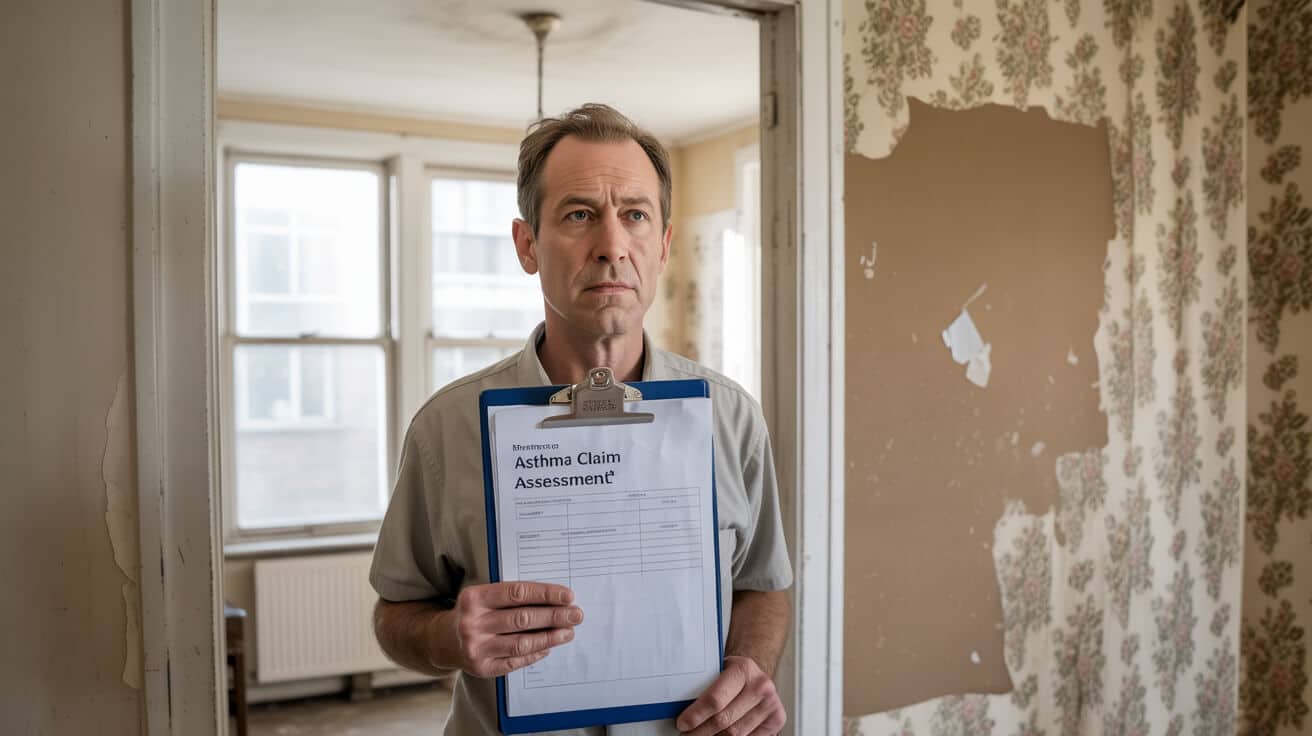
If you expect HHSRS inspections to only flag catastrophic problems, you’re missing where the system really delivers value. Inspectors are trained to catch both the headline-grabbing dangers (bare wires, leaks) and the slow-evolving hazards (creeping damp, insulation you can’t see). Many of these issues interact with each other, amplifying the risk—unnoticed water leaks, for example, can undermine both structural integrity and indoor air quality.
| Hazard Type | Obvious Signs | Hidden or Compound Effects |
|---|---|---|
| Damp & Mould | Black spots, damp smells | Triggering asthma, hidden rot, sick building |
| Excess Cold | Persistent chills, condensation | Health stress for young, elderly, sick |
| Electrical Faults | Sparking, flickering lights | Fire risk, DIY wiring behind sockets |
| Fire Safety | No alarms, blocked fire exits | Ineffective doors, old fuseboards |
| Structural Instability | Cracks, ill-fitting doors | Potential subsidence, window frame racking |
It’s the problems you ignore—or never see—that grow most costly in the long run.
The law puts heavy weight on the risks that harm vulnerable tenants. Children, the elderly, and those with pre-existing conditions are at higher risk, so subtle warning signs matter even if things seem minor.
Why Minor or “Nuisance” Problems Can Trigger Legal Action
A noisy fan, window that sticks, or spot of mould doesn’t feel dramatic. But under HHSRS, documentation and patterns matter. Repeated small repairs can point to a larger category hazard, and when evidence mounts, the law says it must be resolved—not just patched.
Small changes aren’t just complaints—they can be forewarnings of serious deterioration and legal trouble.
What Are Landlords Required to Do to Meet HHSRS—and How Should They Prove It?
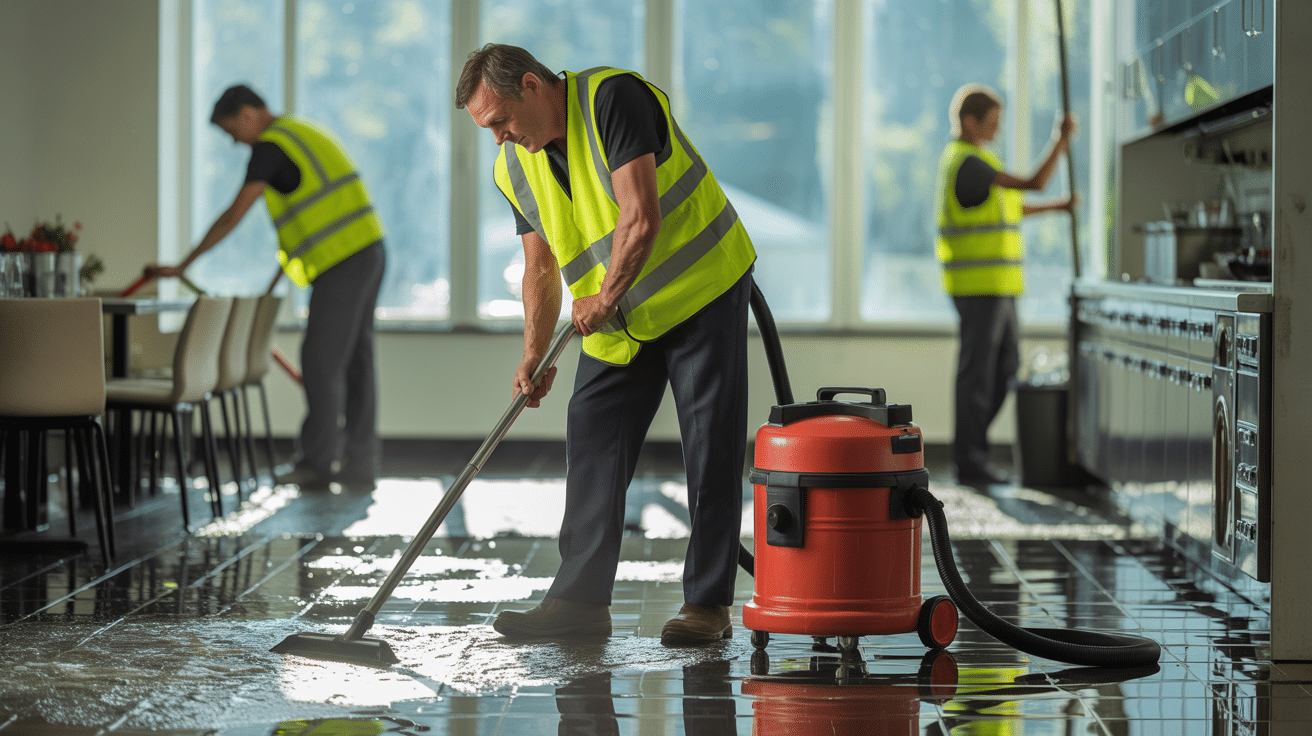
The days of informal repairs or “I’ll sort it next week” promises are over. Today’s legal framework puts firm duties on landlords:
- Gas Safety Checks (Annual): By certified Gas Safe engineers, with paperwork provided.
- Electrical Installation Reports (EICR): Every five years or at the start of a new tenancy, with results in writing.
- Smoke & Carbon Monoxide Alarms: Must be working, regularly tested and documented.
- Water, Heating, and Ventilation Systems: Maintained proactively, not just fixed after failure.
- Repair & Inspection Logs: Every material fix and inspection creates a record—no more handshake agreements.
If your landlord short-circuits documentation, your next move should be to ask for written proof—no proof, no pass.
Legal Consequences for Non-Compliance
Landlords can’t carry out Section 21 (“no fault”) evictions when Category 1 hazards are present or unresolved. Councils issue fines, repair orders, or even arrange repairs directly at the landlord’s expense when compliance is ignored (gov.uk Section 8 & 21).
For tenants and property managers, settling for casual assurances cuts your own protection short. Always collect:
- Written certificates for all safety checks.
- Time-stamped photographs of completed repairs.
- Service logs showing dates, works done, and responsible technician.
Evidence isn’t bureaucracy—it’s peace of mind, stronger deposit protection, and the best defence if disagreements end up in tribunal.
How Can You Spot and Record Potential Hazards Before They Escalate?
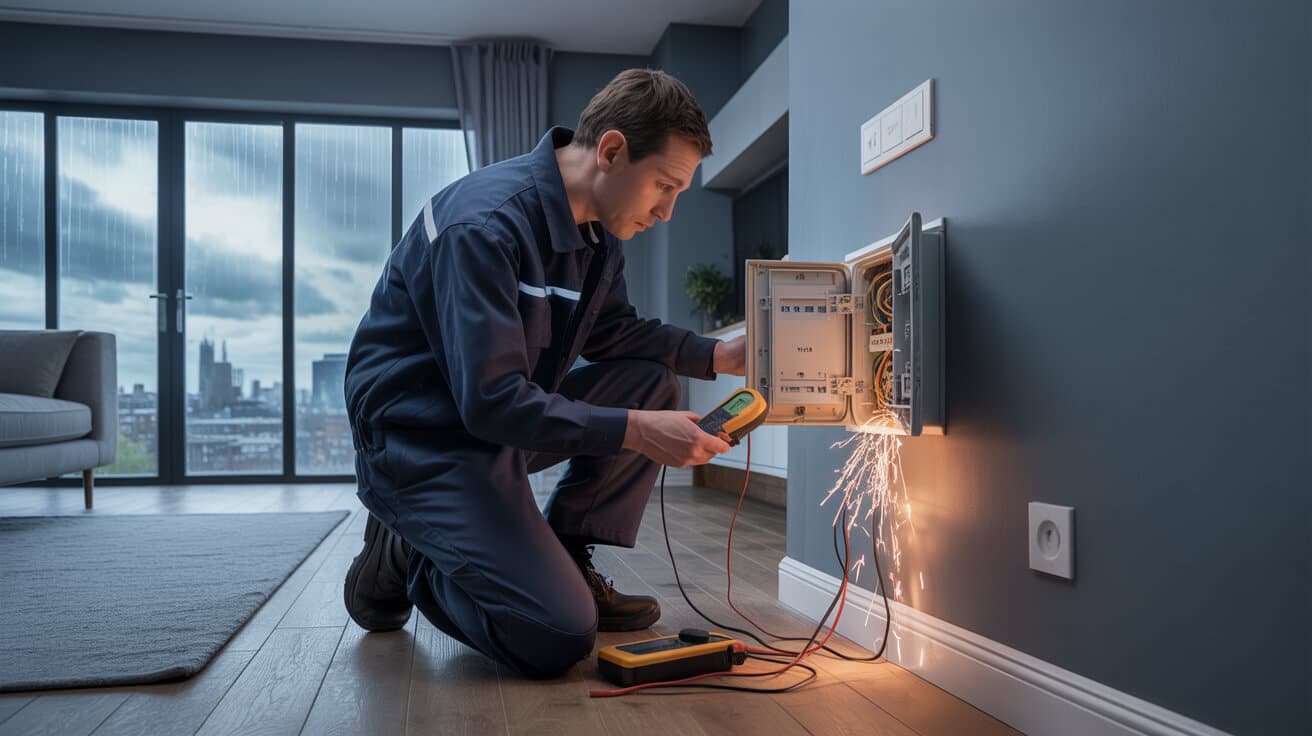
Most property crises don’t start with smashed windows or catastrophic leaks—they build up quietly. Spotting the warning signs early is half the battle. The other half is turning that awareness into organised proof.
What Vigilant Tenants and Managers Do Differently
- Photograph any patch of damp, water staining, or flaking paint as soon as it’s noticed. Keep a dated log.
- Track growing cracks, even minor ones, and circle on each photo to mark progress.
- After any odd electrical event (power flicker, burning smell, tripped circuit), snap a photo and note when it happened.
- Check smoke and CO alarms monthly, noting performance or failures.
- Test windows and doors for proper opening—changes can be early signs of structural problems.
- Log every request, complaint, and response by date and name—don’t just rely on text messages.
If a problem lingers more than a few days, documentation turns a hunch into a legally actionable complaint.
Five Habitual Steps to Getting Ahead of Hazards
- Walk the entire property monthly; note fresh marks, droplets, or mould blooms.
- Physically test alarms and record outcomes.
- Confirm all exits and key windows function smoothly.
- Pay attention to hot water flow and room heat, logging irregularities.
- Collect all correspondence and evidence into a single, well-labelled digital file.
If you treat small annoyances as potential warnings rather than annoyances, you give yourself leverage, shorten repair timelines, and drastically increase the chance of meaningful remediation.
What Should You Do When You Find a Serious Hazard or Ongoing Fault?
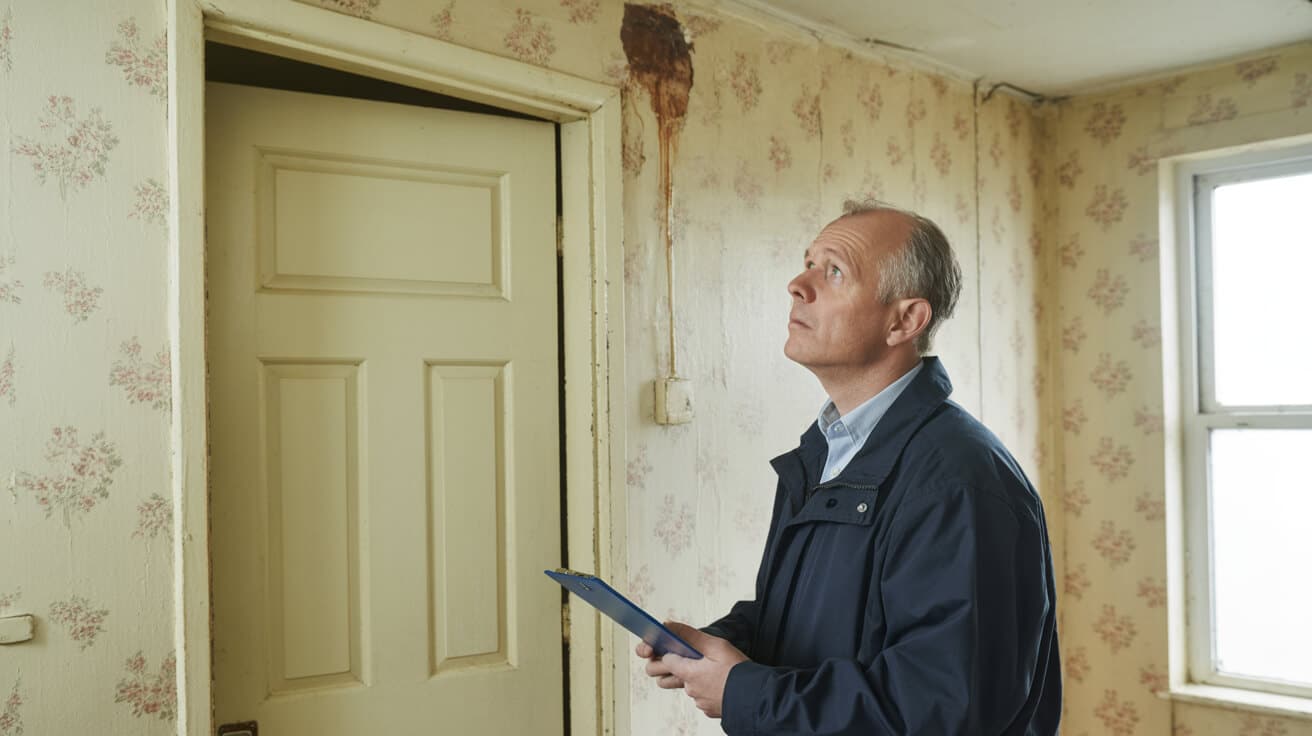
When a repair turns urgent—especially if it relates to health, safety, or basic function—you need to switch from “ask” to “evidence”. This is where your records pay off and your approach matters most.
- Take multiple, timestamped photos or a short video to document the situation as you find it.
- Send all communications in writing (email preferred), and save each reply in your log.
- Attach certificate scans or previous maintenance logs to every report.
- Categorise your log by room or hazard (e.g., “damp – bedroom”, “power tripping – kitchen”).
- If the issue is time-sensitive, state this in your communication and keep records of how quickly the landlord or agent responds.
A detailed, neutral logbook nudges lazy managers into quick action and puts evasive landlords at a legal disadvantage.
How to Navigate Escalation
If you hit a wall, don’t waste time—isolate your evidence and take these steps:
- Email your landlord/agent with all photos and logs attached, explaining urgency and legal implications.
- If ignored, forward your full record to the local council’s housing team.
- Officially request a HHSRS inspection for any possible Category 1 hazard.
- Consult an organisation like Shelter or a trusted property maintenance service for next steps.
- Keep all your correspondence—for Category 1, landlords cannot evict until the issue is fixed.
If you’ve documented it clearly, the system is designed to work in your favour.
When and How Do Local Authorities Act—And What Powers Do They Have?
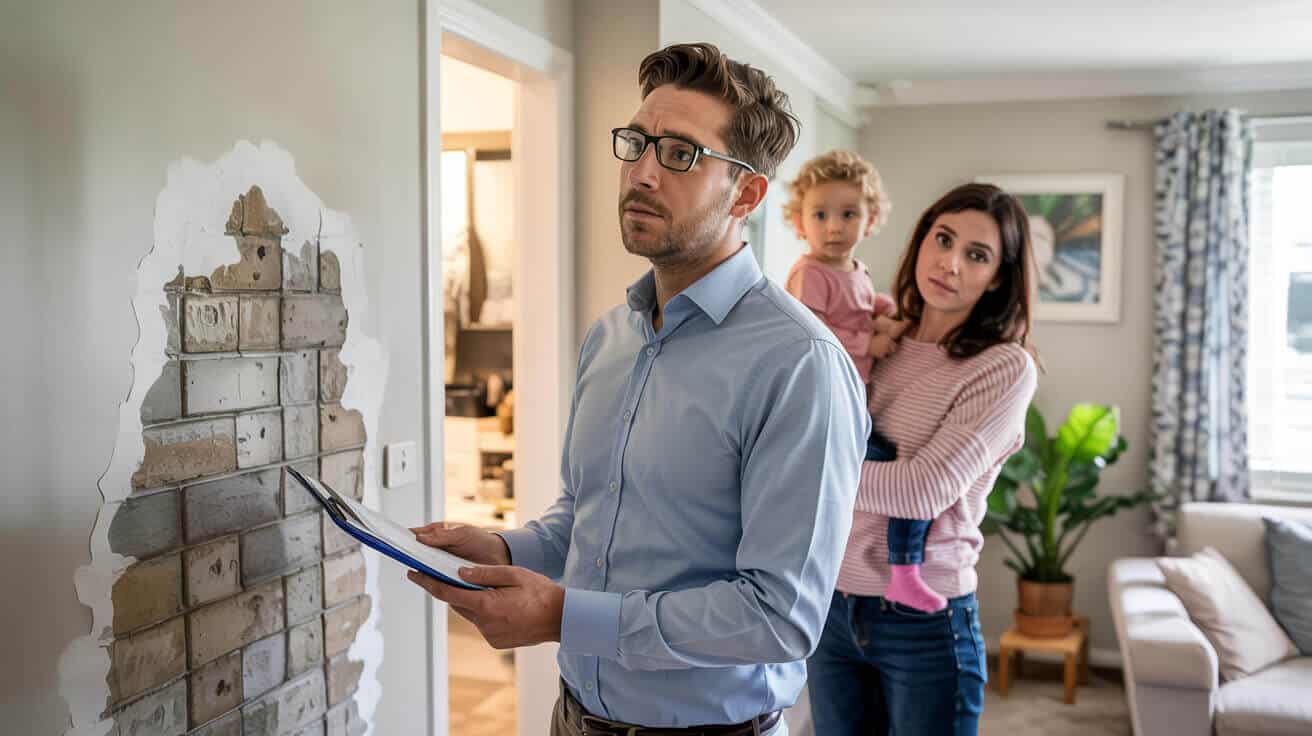
Once you inform a local authority about a health or safety issue, the clock starts. Councils are legally mandated to investigate, assess the hazard, and enforce solutions.
The Process, Step by Step
- Inspection: A council officer visits, reviews your evidence, and conducts a thorough property examination based on HHSRS criteria.
- Categorisation: Hazards are formally rated—Category 1 demands immediate remediation, while Category 2 is closely watched.
- Intervention: For Category 1, the council issues repair notices, blocks all “no fault” evictions, and may fine up to £30,000 for non-compliance. In persistent cases, they can organise the repairs themselves, billing the landlord.
- Follow-up: Council checks that repairs are properly done and logs are complete before lifting restrictions.
You can’t always predict what will go wrong next—but you can control the evidence and the urgency, especially with professional documentation.
Working with a reputable maintenance service to compile and present your case often accelerates resolution—councils are more decisive when confronted with a robust, orderly evidence base.
Why Professional Maintenance Makes HHSRS Navigation Far Easier for Tenants and Landlords
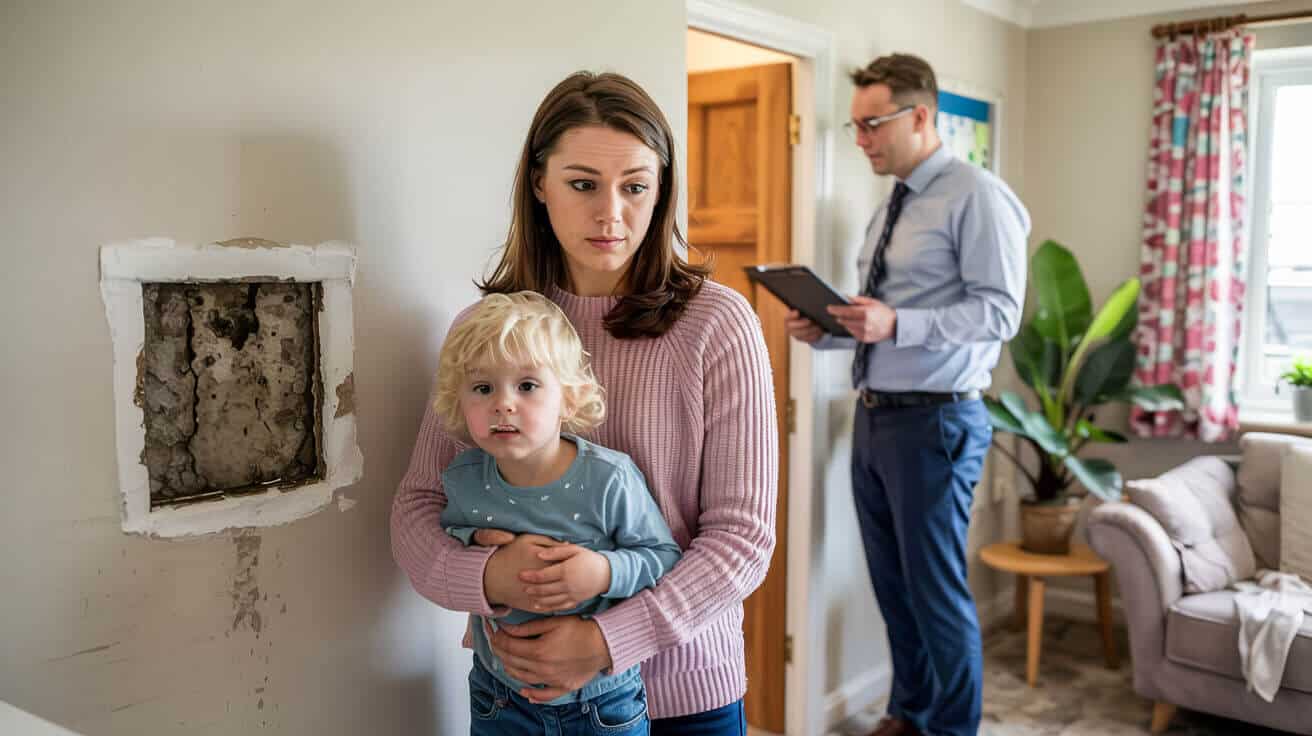
The law sets a high bar, and not everyone has the tools or know-how to consistently clear it. This is where the value of true professional property maintenance leaps out—bridging the gap between knowledge and actually living, renting, or managing in a space that’s decent and future-proof.
What Sets Full-Spectrum Services Like All Services 4U Apart?
- Whole-property, 29-hazard inspections: Covering more than the obvious, with no blind spots left for “later”.
- To-the-point checklists: Systematic, room-by-room reviews so nothing is overlooked, with clear urgencies flagged.
- Evidence automation: Every inspection, fix, and logbook is council-ready and digital, not missing in a folder.
- Multi-trade fix capability: From electrical and plumbing fixes to ventilation, insulation, and even security hardware—all in one visit.
- Legal and code compliance: No “grey area repairs”—all works meet or exceed HHSRS, Gas Safe, EICR, and fire safety standards.
- Support throughout escalation: Advice and hands-on help in disputes, deposit recoveries, and landlord/tenant negotiations.
Your best safety net is a maintenance team who see issues before you do, log it before you worry, and close the compliance gap before anyone’s health is put at risk.
Sudden repairs, evolving codes, and the sheer time it takes to stay current can overwhelm. Expert care, structured process, and airtight documentation transform HHSRS from a complicated legal worry into a routine, stress-reducing safeguard for both sides.
Secure a Legally Safe and Healthy Home—Contact All Services 4U Today
Protection, peace of mind, and reliable compliance don’t happen by accident. Whether you’re a landlord determined to do things right, a tenant who refuses to settle for window dressing, or a property manager with clients to protect, All Services 4U stands in the gap.
- Reserve a full-spectrum property assessment—tailored advice, honest findings, legal-grade documentation included.
- Rely on multi-trade response teams—from urgent hazards to routine fixes, it’s all covered in one call.
- Safeguard your deposit, legal standing, and health—get evidence that stands up in council, tribunal, or court.
The best time to fix a hazard, document your property condition, or establish your rights is before an emergency lands on your doorstep.
Choose proactive care. Choose documented compliance. Choose a home—or property portfolio—that stands up to scrutiny today and tomorrow.
Contact All Services 4U now to transform legal risk into true security, and property headaches into straightforward, lasting solutions.
Frequently Asked Questions
What makes HHSRS enforcement different, and how does this actually keep tenants safer?
Unlike general housing complaints that rely on slow mediation or voluntary repairs, HHSRS enforcement is built on direct legal duty. Local Environmental Health teams investigate reported hazards, from electrical faults to dangerous damp, with statutory authority. When a Category 1 hazard is identified, councils are required by law to intervene—issuing immediate repair orders, stepping in for emergency works, or restricting use of unsafe rooms or buildings. This process cuts through excuses and habitual delays, making it nearly impossible for property risks to be ignored or “papered over.” Tenants gain substantial power: not only do they receive written progress at each stage, but protected status (no retaliatory eviction for six months after enforcement), and clear complaint pathways transform isolated frustration into enforceable action. The net result is a visible reduction in severe damp, cold-related admissions, electrical injuries, and unsafe fire conditions—backed by recent government figures that show local authority interventions resolving hazards in over 65% of Category 1 cases within statutory timelines (DLUHC, 2023). With councils accountable to both Parliament and tenants, HHSRS enforcement shifts “hopeful waiting” to active, results-driven protection.
How does this enforcement look in real cases?
- Severe damp/mould found: council orders repairs; follow-up checks required within weeks
- Unsafe electrics: landlord receives improvement notice, with dangerous circuits isolated until fixed
- Fire escape blocked: immediate prohibition order—access must be restored or landlord faces fines
- emergency repairs needed: council organises work, bills landlord, and pursues legal routes if costs unpaid
Under HHSRS, property risks become a public duty, not a private problem—so unsafe conditions are no longer a matter of luck.
Which hazards most often trip up landlords under the HHSRS—and what do they look like in everyday rentals?
Out of the 29 HHSRS hazards, it’s the repeat offenders—damp and mould, excess cold, electrical faults, fire safety failures, trip hazards, and blocked exits—that account for most enforcement. Real-world evidence shows these issues crop up in everything from Victorian terraces with crumbling plaster to new builds where ventilation is poorly installed. For example, excess cold in retrofit flats commonly results from uninsulated wall returns, pushing tenant heating costs up while enabling black mould behind wardrobes. Faulty electrics, such as exposed wires or overloaded socket spurs, show up as flickering lights, charred outlets, or “fishy” odours. Trip hazards can be minor—loose carpet on stairs, cracked tiles by a front door—but lead to common injury claims and liability disputes. Fire risks multiply when smoke detectors are absent, alarms are disabled for “nuisance” reasons, or escape routes double as storage. NHS and safety survey data consistently link these hazards to increased hospital visits and persistent tenant health complaints, especially among families with young children and older adults. HHSRS isn’t abstract—these risks are banned from the “DIY quick fix” category, pushing landlords towards lasting, code-compliant solutions.
What reveals these hazards before they spiral?
- Black spots or condensation on walls and ceilings, especially after cold nights
- Unresponsive or buzzing socket outlets, warm light switches
- Persistent draughts despite closed windows
- Frequent use of plug-in heaters or electric blankets
- Missing or expired smoke/CO alarms, no regular testing documentation
- Reports of recurring slips, trips, or falls, especially in communal hallways or on stairs
Hidden defects get expensive fast, but small signs today put you one council call away from a safe, habitable home.
How can tenants and landlords proactively spot and record HHSRS issues before major repairs or penalties hit?
HHSRS hazards rarely appear overnight—they start as small, repeat problems: patchy staining, chilly rooms, new cracks, or electrical oddities after wet weather. Successful property owners and tenants train themselves to identify early indicators and build a record as they go. Best practice goes beyond a quick phone snapshot: aim for timestamped, geotagged photos of each fault, ideally with a room-by-room digital logbook. Patterns matter—if similar issues arise in adjacent rooms or neighbouring flats, it often signals a systemic defect, not just an isolated concern. Tenants should always log symptoms (e.g., chesty cough, headaches), rising energy or repair bills, and all correspondence with agents/landlords. Landlords benefit by keeping certificates (EICR, Gas Safety, Fire Safety) up to date and easily accessible to both tenants and authorities. The highest-confidence defence is a consistent, “living” maintenance file: one source for images, hazard dates, reports, and repair outcomes. Landlords who supply digital handover packs (before and after tenant changeover) routinely avert disputes and speed council case closure.
What details make your documentation bulletproof?
- A running issues log with date, time, location, and impact—for every property and each tenancy cycle
- Before/after images uploaded to a secure digital service or app (not just stored on one person’s phone)
- Snapshots of metre readings, alarm status lights, or utility bills reflecting suspected water or electrical issues
- Certification links: keep EICR, Gas Safe, Fire Risk Assessments, and EPCs together
- A log of every repair request and follow-up, showing both response time and any patterns of deferral
What’s logged can’t be shrugged off—complete documentation gets results, ends blame games, and means urgent hazards rise to the top of any repair list.
When a landlord stalls on repairs, what exact steps allow tenants to escalate HHSRS hazards—and win results?
If polite requests and basic logs haven’t sparked action, there are proven steps tenants can take to force the issue—without risking their own rights. Start with a formal, written repair request stating the hazard, referencing HHSRS, and specifying the health/safety consequence (“mould risking asthma”; “socket sparks when used”). Allow the legal response windows: 24–72 hours for high-risk repairs, 14 days for less severe cases. When a landlord ignores or hedges, immediately approach the local council’s environmental health or private sector housing department, and provide a copy of all evidence. Councils respond fastest when a tenant’s paper trail is in order—photos, logs, and dates are the top triggers for rapid escalation. Throughout, maintain regular rent payments; stopping payments can undercut a claim and risk tenancy status. If there’s any risk of imminent danger (fire, flooding, serious electrics), request emergency intervention—councils have the power to order temporary repairs or relocate affected tenants. Services such as All Services 4U offer support in preparing compliant evidence packs, and can handle direct communication with landlords, councils, or legal advisers so that no stage is missed.
What actions maximise escalation efficiency and shield tenant rights?
- Make each request in writing and keep copies—avoid phone-only reports
- Document all hazard impacts (photos of worsening damage, dates of heating failures, missed repair deadlines)
- Stay current on rent and always document pay dates
- Request interim repairs (space heaters, dehumidifiers) if fix timeline is lengthy
- Enlist support organisations or service providers if health or safety is at stake
Evidence and escalation are a potent combination—each next step builds on your groundwork, taking issues out of the stall zone and into the solution zone.
How do digital logs and professional property services transform disputes and compliance into smooth, predictable outcomes?
When both tenants and landlords keep digital evidence and structured maintenance files, disputes end quickly and properties are safer for everyone. Consistently updated logs prove who acted—and when—if disputes arise. For landlords, comprehensive records (including every EICR, Gas Safety, maintenance invoice, and photo set) cut through delays when deposit or insurance claims are needed. For tenants, systematic logs ensure their cases are prioritised by councils, accelerating interventions and sidestepping protracted arguments. Today, “single source of truth” apps and cloud platforms create a shared property history: each repair, inspection, or fault is timestamped and accessible to both parties. This traceability means letting agents, portfolio managers, and Housing Ombudsman all have what they need immediately. Insurance carriers increasingly discount premiums when documentation is robust, because they know risk is actively managed—not just reacted to in a crisis.
What practical advantages come from digitising property records?
- Instant sharing of reports, certificates, and images among all stakeholders
- Automatic update alerts for renewals: no sudden lapses in compliance
- Evidence files formatted for council or insurance standards—no extra admin scramble
- End-of-tenancy packs facilitate speedier deposit returns and remove dispute ambiguity
- Service provider integrations allow instant task logging and progress updates
Real-time visibility over property conditions means less stress, faster claims, and the assurance that compliance or disputes never hang in limbo.
Why do landlords and tenants who use All Services 4U consistently outperform on HHSRS compliance and property safety?
All Services 4U sets itself apart by integrating a multi-trade, digitally robust service model: bespoke audits, urgent repairs, and certified inspection packs—all delivered in lockstep with the latest HHSRS requirements. Each property check covers every room, appliance, and potential hazard, producing compliance-grade, date-stamped reports that prepare clients for spot checks, crises, or legal demands. Tenants receive a direct pathway to council escalation—no guesswork, no delay. Landlords leverage a seamless workflow: from instant hazard flagging and priority repairs to digital certificate archiving and recurring update reminders. Larger portfolio owners further benefit from scalable tracking across multiple sites, with year-on-year compliance status at a glance. By moving beyond piecemeal call-outs, All Services 4U solves the real problem: not just fixing today’s fault, but permanently raising property standards, supporting positive tenant reviews, and protecting future asset value. Compliance isn’t just a box-tick—it’s a selling point and a shield.
What core features help All Services 4U clients avoid penalties and maximise property health?
- All-in-one audits: HHSRS, EICR, Gas Safety, Fire Safety covered in a single, coordinated evaluation
- End-to-end evidence packs: Designed for instant council, insurer, or legal handover
- Multi-trade repair teams: Fewer hand-offs mean faster fixes and fewer communication gaps
- Portfolio scalability: Integrated dashboard tracks compliance for every site in your rental business
- Value-driven: Upfront investment offsets fines, legal expenses, and chronic repair cycles
Partnering with All Services 4U means you’re not just enforcing the rules—you’re actively building a reputation for safety, reliability, and forward-thinking property management. Book your bespoke compliance check to ensure your homes and tenants are protected, your risks minimised, and your standards always one step ahead of tomorrow’s demands.



